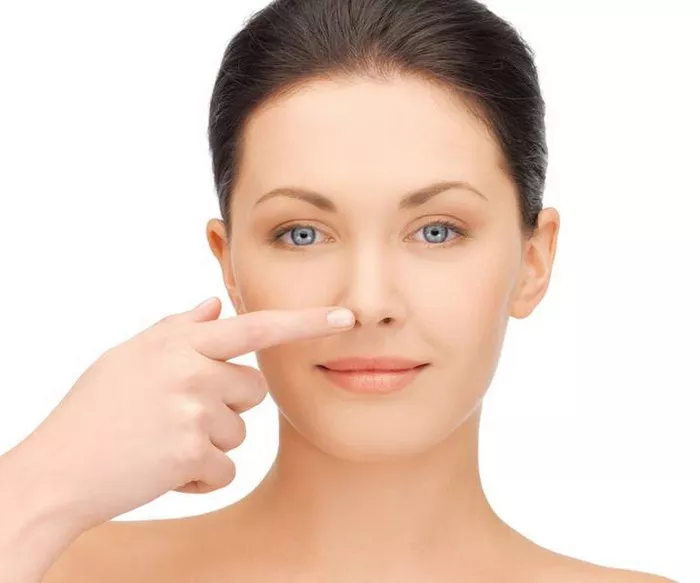Rhinoplasty, commonly referred to as a “nose job,” is a surgical procedure designed to reshape and enhance the appearance of the nose. It is a personal decision that individuals make to address various concerns, including aesthetic dissatisfaction, functional issues, or a desire for facial harmony. One common question that arises when considering rhinoplasty is, “When is the best age to undergo the procedure?” In this article, we will explore the factors to consider when determining the ideal age for rhinoplasty and provide guidance to help you make an informed decision.
Physical and Emotional Maturity
The decision to undergo rhinoplasty is a significant one that requires careful consideration. One crucial factor to evaluate is the physical and emotional maturity of the individual. Here are some key considerations related to age and maturity:
1. Physical Development
The nose continues to develop and change throughout adolescence and into early adulthood. It is generally recommended to wait until facial growth is complete before considering rhinoplasty. Most individuals reach full facial skeletal maturity by their late teens or early twenties. Undergoing rhinoplasty before the nose has fully developed can result in suboptimal results or the need for revision surgery later in life.
2. Emotional Readiness
Rhinoplasty is a life-changing procedure that can have a significant impact on a person’s self-esteem and body image. It is important to assess emotional readiness and ensure that the motivation for undergoing rhinoplasty comes from a place of self-confidence and personal choice, rather than external influences or pressures. Emotional maturity and a realistic understanding of the limitations and potential outcomes of the procedure are crucial.
3. Clear Goals and Expectations
It is essential for individuals considering rhinoplasty to have a clear understanding of their goals and expectations. They should be able to articulate what they hope to achieve through the procedure and have realistic expectations about the potential results. Having a clear vision of the desired outcome and effective communication with the surgeon are important for a successful rhinoplasty experience.
Individual Considerations
While there is no one-size-fits-all answer to determine the best age for rhinoplasty, several factors can help guide the decision-making process. It’s important to consider each individual’s unique circumstances and consult with a qualified plastic surgeon. Here are some factors to evaluate:
1. Facial Development
The timing of rhinoplasty should align with the completion of facial growth. It is generally recommended to wait until the late teens or early twenties when the nose has reached full skeletal maturity. At this stage, the nasal structures have stabilized, allowing for a more predictable and lasting outcome.
2. Physical Health
Good overall physical health is important for a successful rhinoplasty. Individuals should be free from any significant health conditions that could complicate the surgery or impede the healing process. A thorough medical evaluation by the surgeon will help determine if the individual is a suitable candidate for the procedure.
3. Psychological Readiness
Emotional maturity and a strong sense of self-confidence are crucial factors in the decision to undergo rhinoplasty. The individual should have a realistic understanding of the potential outcomes and be mentally prepared for the changes that will occur. It is important to consider the impact of the procedure on self-image and psychological well-being.
4. Communication and Consent
It is important for individuals considering rhinoplasty to actively participate in the decision-making process. They should have open and honest communication with their surgeon, discussing their goals, concerns, and expectations. Informed consent is crucial, and individuals should fully understand the risks, benefits, and potential limitations of the procedure before proceeding.
Consultation with a Qualified Plastic Surgeon
Choosing the right age for rhinoplasty is a decision that should be made in consultation with a qualified plastic surgeon. A skilled and experienced surgeon will evaluate each individual’s unique circumstances, including their age, physical development, and personal goals. They will conduct a thorough examination, assess the nasal structure, and discuss the available options.
During the consultation, the surgeon will provide information about the procedure, explain the potential outcomes and risks, and address any concerns or questions. They will work collaboratively with the individual to develop a personalized treatment plan that aligns with their needs and expectations.
Conclusion
Determining the best age for rhinoplasty is a personal decision that depends on factors such as physical development, emotional maturity, and individual circumstances. While there is no definitive age that applies to everyone, waiting until the late teens or early twenties, when facial growth is complete, is generally recommended. This allows for more predictable results and reduces the likelihood of needing revision surgery in the future.
It is essential to evaluate emotional readiness, have clear goals and expectations, and engage in open communication with a qualified plastic surgeon. The surgeon will guide the individual through the decision-making process, conduct a comprehensive evaluation, and provide expert advice.
Remember, the decision to undergo rhinoplasty should come from a place of self-confidence and personal choice. Take the time to assess your physical and emotional readiness, and consult with a reputable plastic surgeon to determine the best age and timing for your rhinoplasty journey. With careful consideration and professional guidance, you can achieve your desired nasal aesthetics and enhance your self-image with confidence.


